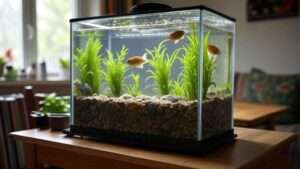Aquaponics for Sustainable Agriculture
Aquaponics for sustainable agriculture is a closed-loop system where fish and plants thrive together in a symbiotic relationship. Fish waste provides nutrients for plants, while plants help filter and purify the water for the fish. Aquaponics, where innovative farming meets environmental responsibility. As the world faces increasing challenges in food security and resource management, aquaponics offers a revolutionary solution. By combining fish farming and hydroponics, this sustainable farming method uses 90% less water, eliminates the need for harmful chemicals, and ensures efficient food production. One of the biggest advantages of aquaponics is its water efficiency. Conventional farming practices are putting an immense strain on the planet. The agricultural sector is responsible for 70% of the world’s freshwater consumption and 25% of global greenhouse gas emissions. By combining aquaculture and hydroponics, this system creates a mutually beneficial environment. The fish, often tilapia or catfish, produce waste that serves as organic fertilizer for the plants.

Aquaponics : Revolutionizing Farming for a Greener Future
In the face of global food security challenges and the increasing strain on natural resources, innovative farming methods are crucial. Aquaponics for Sustainable Agriculture—a groundbreaking system combining aquaculture (fish farming) and hydroponics (growing plants in water), offering a sustainable solution to traditional agriculture. But why should you care about this method, and how can it transform your farming practices?
All Aquaponics for Sustainable Agriculture Related Post
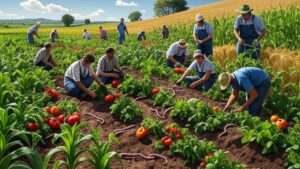
How Agroecology Commons Can Transform Your Farm: Sustainable Practices for Higher Yields
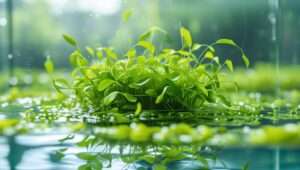
Duckweed Aquarium Plant: Benefits, Care Tips, and How to Manage Its Growth in Your Tank
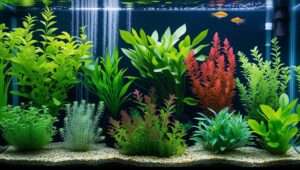
Top 10 Best Aquarium Plants for Bettas: Create a Thriving, Healthy Habitat for Your Betta Fish
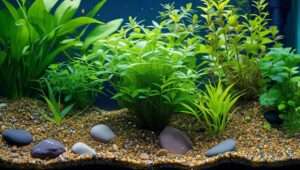
How to Choose the Best Aquarium Gravel for Plants: A Complete Guide for Thriving Aquatic Plants
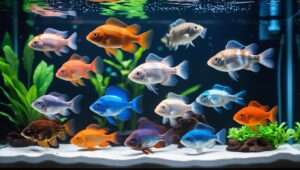
Top 10 Cold Water Aquarium Fish for a Thriving Tank: Easy Care Tips and Choosing the Best Species
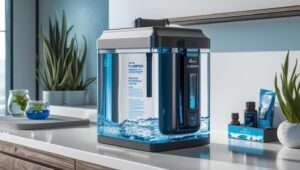
How to Choose the Best Aquarium Water Clarifier for Crystal Clear Water and Healthy Fish
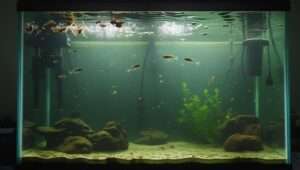
How to Fix Cloudy Aquarium Water: Proven Solutions for Clear, Healthy Fish Tanks

Worms for Fishing: The Ultimate Guide to Choosing and Using Bait for Better Catches
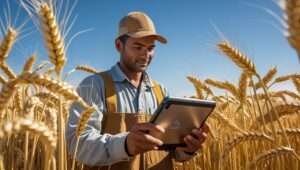
How to Integrate Technology with Traditional Farming: Practical Solutions for Modern Agriculture
